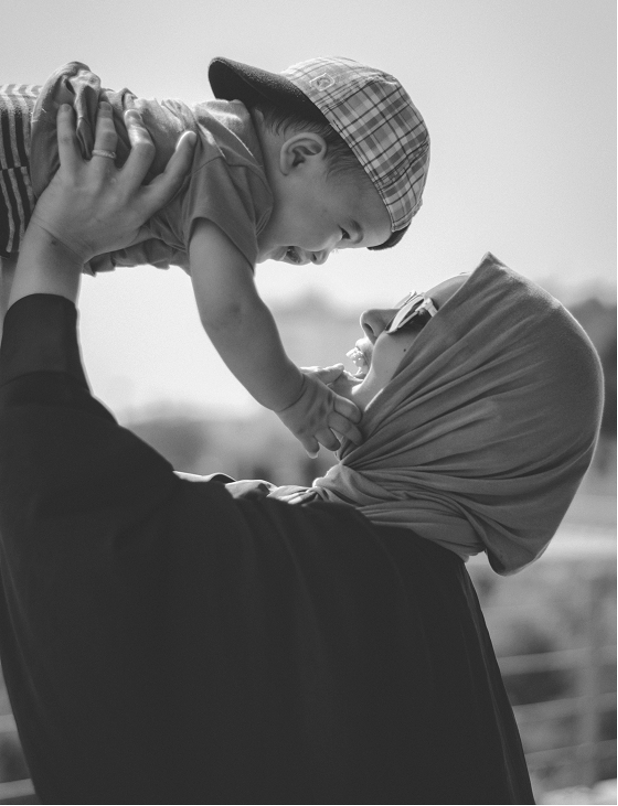US-Based Gold Mining Firm Newcrest Rolls out a Software for its workforce that detects COVID19 Prior to Symptoms
The firm’s 8,000 employees are now able to use a mobile app to detect symptoms of sickness

Newcrest Mining, one of the world’s largest gold mining companies has just announced the adoption of a new tech that provides early indicators of sickness, helping stop the spread of COVID19.
As a subsidiary of Newmont Mining, the world’s largest gold producer by number of ounces mined, protecting their employees’ safety isn’t just a smart business move, it’s a matter of public health for entire communities — a responsibility they’re acutely aware of and readily accept.
“We're committed to creating a work environment where everyone can go home safe and healthy every day, and where everyone actively contributes to this outcome,” Newcrest executives explain.
When COVID-19 impacted people’s lives and livelihood on a global scale, everyone was shocked, including the mining industry. The mining industry as a whole is challenged by companies that don’t place their workers’ health and safety as their highest priority.
Workers experience health risks on the job and frequently travel across borders into other communities, both of which can contribute to the rapid spread of disease. “Everybody going home safe and healthy every day is our priority. We care for the communities we work with and the environment”, Newcrest CEO Sandeep Biswas explains.
So Newcrest Mining went searching for a novel solution to a difficult problem, and decided to entrust this responsibility to New Zealand-based ëlarm. It became evident that there is an even more complex problem to solve than previously understood.
A Worldwide Pandemic Affecting Every “In-Person” Business
The problem isn’t just how to isolate people who are infected with COVID-19 once they’re aware that they’re sick. Instead, the question becomes “How do you protect them and their loved ones before they even know they’re sick?”
This is where ëlarm comes in. The ëlarm mobile app overcomes one of the greatest hurdles to protecting our communities from the COVID-19 virus: it’s spread by people who don’t know they’re infected.
“With ëlarm, you can know you’re sick before you feel sick,” says the app’s lead developer, Paul O’Connor of the data analytics company Datamine. "COVID-19 puts a viral load on the body three or four days before any external symptoms kick in, which means the body is in distress before you know it," O'Connor explains.

The most concerning phase of a pandemic is called “Viral Shedding” and this is the phase where people are infectious, whether or not they’re aware of it. This stage begins approximately 48 hours before symptoms show. O’Connor continues, "Unknowingly, a person could be infecting their vulnerable loved ones, and many others they come into contact with."
The app matches the early stages of a COVID-19 infection, so that the user is alerted before they enter this highly-viral stage. O'Connor believes if people get a heads-up to get checked for the disease before this viral shedding phase begins, they are able to go into isolation and prevent another outbreak.
"Our research shows that wearables are able to predict COVID-19 up to three days before a person develops noticeable symptoms such as fever, fatigue and breathing difficulties – with over 90 percent accuracy," O'Connor said.

How The Tech Supports Employees At Risk
The app works by monitoring health data collected by a wearable device and detecting biometric changes to the user that occur when the body begins fighting against the virus such as respiratory rate, resting heart rate, blood oxygenation (SPO2), heart rate variability, skin temperature, and more.
It runs these changes through a robust, clinically-developed model built by Datamine – with the assistance of medical specialists in New Zealand, Australia, United Kingdom, Europe and the USA – to analyze the user’s health data to detect the hidden symptoms of the virus.
If the symptoms match the early stages of a COVID-19 infection, the user is alerted and further health checks are recommended in line with World Health Organization (WHO) guidelines. The app does not provide treatment suggestions.
This can take place days before the user even knows they are sick. Wearable devices are widely used to track accurate health information in a variety of applications.
One such example is this study which used Fitbits to improve state-wide forecasts for flu-like illnesses in multiple states across the US, further proving these devices may be useful and timely in preventing transmission of the flu during outbreaks.

There are several devices used to provide accurate health information
For example, Oura performs nearly perfect readings for resting heart rate (r² = 0.996) and extremely high for heart rate variability (r² = 0.980) when compared to a medical-grade ECG device according to the Institute of Physics Publishing.
Also, older versions of Apple Watch and Fitbit have been tested at 95% and 91% agreement with ECG respectively according to the Journal of Medical Internet Research. ëlarm is one of the world’s first to leverage these wearables in the fight against COVID-19 – in a way that works across multiple devices during the presymptomatic, highly viral period.
ëlarm is a device agnostic app, working with many of the most popular device makers and readily available wearable devices such as Apple, Samsung, Fitbit, Oura, Garmin, Huawei, and Google Fit. This enables ëlarm to be available to anyone who has a supported wearable device anywhere in the world.
ëlarm sends users daily emails, based on their risk level – Normal, Heightened, Watch and Act – and each user has a dashboard so they can view biometrics trends and elevated symptoms. Their user dashboard shows the user’s history of symptoms over time so they can talk it through with their doctor if necessary.
As risk level changes, ëlarm gives the user the best practices to follow (WHO guidelines) to keep safe or reduce transmission if potentially sick. To take it one step further, ëlarm developed ëlarm Guardian, which in addition to giving employees the protection of ëlarm, provides the business with a centralised dashboard to monitor where any cases occur and avoid an outbreak disrupting their operations.
Newcrest Mining is currently undertaking a trial of ëlarm Guardian with its operations for its employees.
Implementing the Platform Across 8,000 Employees in 7 Countries
Newcrest employees were given wearable devices to use as part of the trial, or employees were optionally able to bring their own device. Newcrest confirms that it managed a COVID-19 case in its isolation and treatment facility.
The individual flew to their treatment facility and, as per protocol, was isolated in a designated isolation camp while testing was conducted, and a 14-day isolation period followed. As a result of their efforts, their operations remain unaffected by the positive case as the individual did not attend any workplaces and did not interact with the workforce.
"ëlarm will be of particular benefit to the vulnerable people in our communities, to front-line healthcare workers, and also to businesses desperately trying to operate safely in this difficult environment" says Paul O’Connor.
For Newcrest Mining and other businesses like it, they’re hoping that it may prevent the spread of an outbreak that can affect business operations and impact an entire community.





















